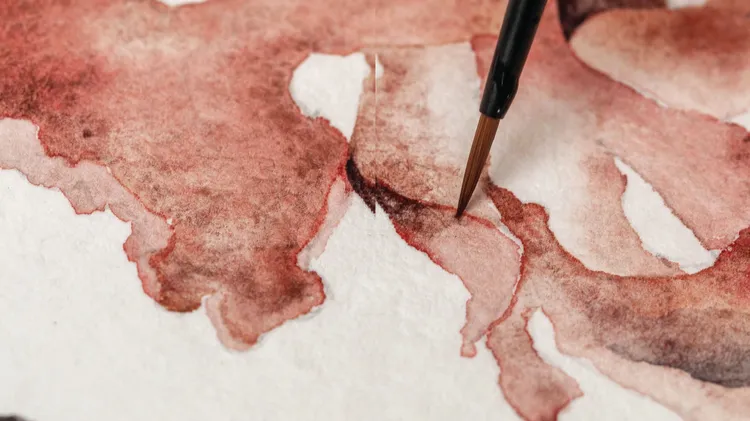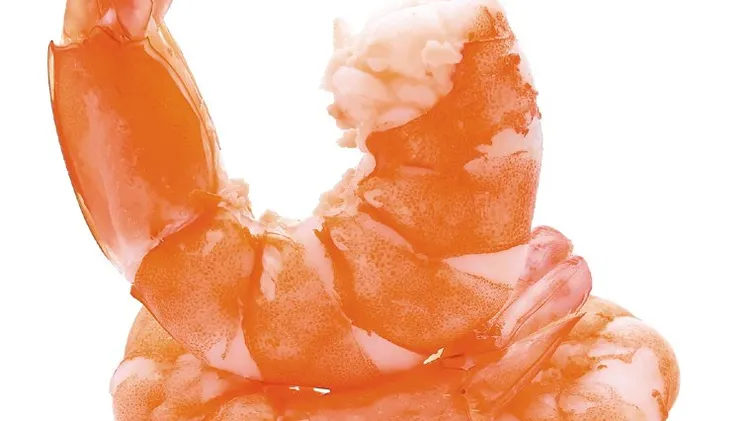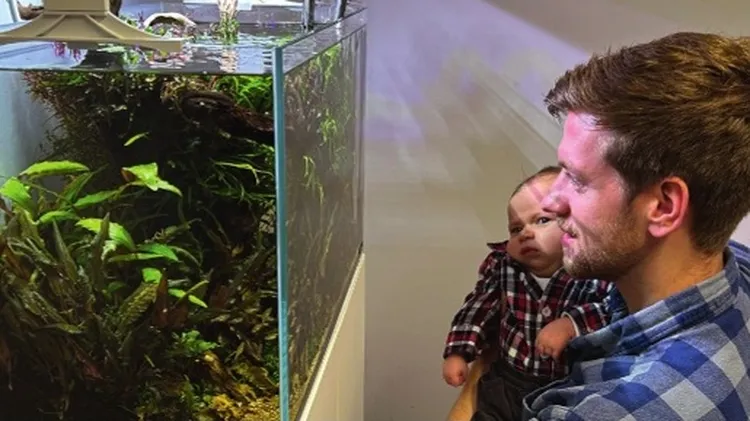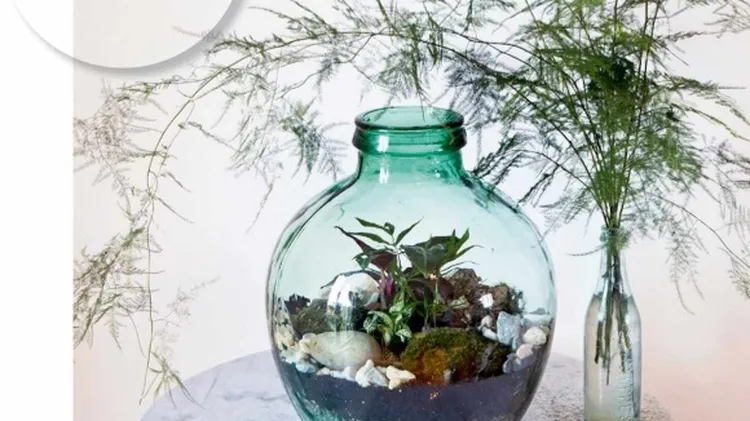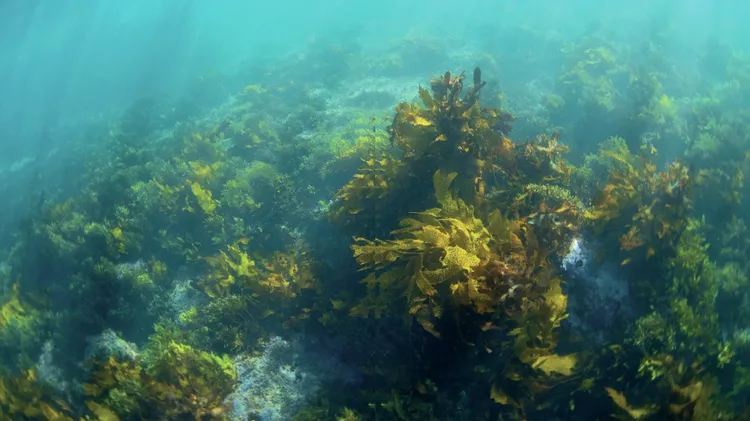Want to try the leggy side of aquatics but don’t know where to start? H
Shrimping essentials
7 min read
This article is from...
Read this article and 8000+ more magazines and newspapers on Readly


